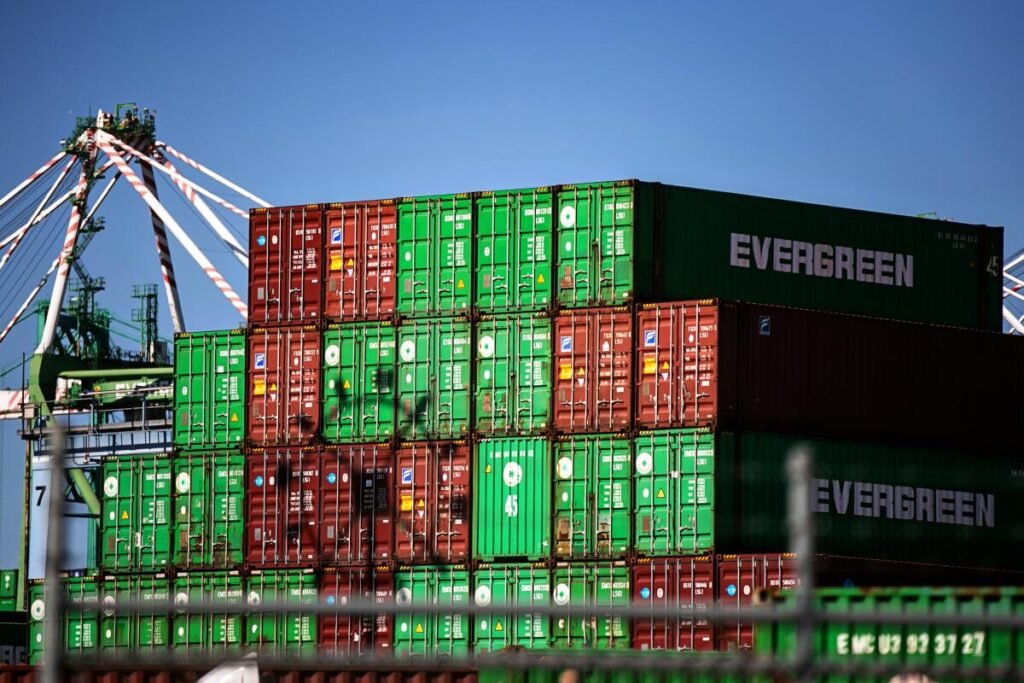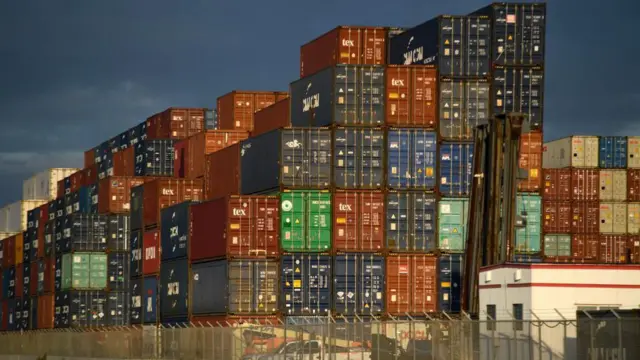The Southern California industrial market—once considered the heartbeat of the U.S. logistics and warehouse industry—is facing an unexpected slowdown. The region that includes the bustling ports of Los Angeles and Long Beach has long been a hub for goods flowing from Asia into the U.S., fueling the need for large warehouses and distribution centers. But things have changed.
With rising tariffs, global trade tensions, and a shifting supply chain landscape, the previously booming demand for industrial space in Southern California has cooled significantly. This trend is raising concerns among investors, developers, and local economies that have relied heavily on logistics and warehousing for years.
In this article, we’ll break down what’s happening, why it matters, and what the future might hold for one of the largest industrial real estate markets in the United States.
The Boom That Was: Southern California’s Industrial Surge
For years, the Southern California industrial market was white-hot. Developers couldn’t build warehouses fast enough to meet the growing demand from e-commerce companies, third-party logistics firms, and major retailers like Amazon, Walmart, and Target.
Key driving forces behind this boom included:
- Proximity to major ports: The ports of LA and Long Beach handle over 40% of U.S. container imports.
- E-commerce growth: Online shopping exploded, especially during and after the COVID-19 pandemic.
- Same-day delivery pressures: Companies needed fulfillment centers closer to dense urban areas.
- Low vacancy rates: At the peak, industrial property vacancy in Southern California dropped below 2%.
All of this meant sky-high rental rates, record-breaking sales prices, and massive construction activity. But now, the story has changed.
Tariffs Take a Toll: A Cooling Market Emerges

The introduction and escalation of tariffs, particularly those related to trade with China, have had a direct impact on the flow of goods through Southern California. As the cost of importing goods has gone up, many businesses have begun to rethink their logistics strategies. Some are sourcing from other countries, others are reshoring manufacturing back to the U.S., and many are simply cutting back on inventory.
This shift in trade dynamics has led to a drop in container volume at the ports, which has a domino effect:
- Less demand for warehouse space.
- Stalled industrial construction projects.
- Soaring vacancy rates for the first time in years.
Real estate analysts say the Southern California industrial market is now transitioning from a landlord’s market to one that favors tenants.
Vacancies Are Rising: A Sharp Shift in Supply and Demand
According to recent reports from commercial real estate firms like CBRE and JLL, the industrial vacancy rate in the Inland Empire (Southern California’s largest warehouse region) has climbed to over 5%, up from under 2% just a year ago.
That may not sound alarming at first, but in a region that has thrived on limited supply and surging demand, it’s a clear sign of a market in transition.
Developers who once rushed to break ground on new industrial projects are now hitting the brakes. Some projects have been delayed, while others are being canceled altogether.
Rents Are Stabilizing—and Sometimes Falling
Another major shift: rental rates, which had climbed steadily for nearly a decade, are now stabilizing or even falling in some submarkets. This is especially true for larger warehouse spaces over 500,000 square feet, which are seeing slower lease-up times.
Tenants now have more options and more negotiating power. Landlords are offering concessions that would have been unthinkable two years ago—things like rent discounts, longer build-out periods, and free months.
Investors Are Cautious, But Not Panicking
While the Southern California industrial market is clearly cooling, most industry insiders aren’t calling this a crash—at least not yet.
Instead, they see it as a normalization after an overheated period. Cap rates are rising, which is reducing the feverish investor competition that once drove prices to record highs. Many institutional investors are holding off on acquisitions, waiting to see where interest rates and trade policies settle.
Still, large industrial assets remain valuable in the long run, especially in land-constrained regions like Southern California.
Shifting Trade Routes: Ports Losing Ground

One of the most profound changes comes from the realignment of trade routes. Companies are now favoring East Coast and Gulf Coast ports, which are seeing increased traffic. This shift is partly due to ongoing labor disputes at West Coast ports and the diversification of supply chains.
This change means fewer goods are flowing into Los Angeles and Long Beach, and by extension, fewer goods are entering local warehouses.
Southern California’s dominance in the logistics space may never fully return to its pre-tariff, pre-COVID levels. That reality has many local governments and economic planners rethinking their long-term strategies.
What It Means for Jobs and the Local Economy
The slowdown in the Southern California industrial market doesn’t just affect landlords and investors—it has real-world implications for thousands of workers.
- Fewer warehouse jobs: Hiring has slowed, and temporary workers are being let go.
- Construction delays: Builders and contractors are losing new business.
- Truckers and logistics workers: Less freight means fewer runs and lower income.
Cities that relied on property tax revenues from booming industrial developments may also start to feel the pinch. This economic ripple effect could influence infrastructure planning, housing markets, and even local politics.
Can the Market Rebound? What the Future Holds
Despite the current downturn, many believe the Southern California industrial market is resilient. There are still several strong fundamentals in play:
- It remains one of the largest consumer markets in the U.S.
- The proximity to international ports, even with reduced volume, is still a major advantage.
- E-commerce is here to stay, and last-mile delivery needs won’t disappear.
The region may not see the explosive growth of the last decade, but a slow and steady recovery is possible, especially if trade tensions ease or new industries emerge to fill vacant spaces.
How Tenants and Developers Are Adapting
Both tenants and developers are adjusting to the new normal. Here’s how:
Tenants Are:
- Negotiating better deals on leases.
- Expanding cautiously and looking for flexible lease terms.
- Considering alternative locations like Arizona, Nevada, and Texas.
Developers Are:
- Pausing or canceling speculative builds.
- Focusing on build-to-suit projects with committed tenants.
- Reassessing land values and long-term demand forecasts.
Conclusion: A Turning Point for the Southern California Industrial Market
The Southern California industrial market is at a crossroads. The impact of tariffs, changing trade routes, and economic uncertainty have all contributed to a market that’s slowing down after years of rapid growth.
While this shift may feel dramatic, it’s also a necessary recalibration. The region still holds many long-term advantages, but the era of easy growth appears to be over. Moving forward, success in this market will depend on adaptability, smarter development, and an eye on global trade dynamics.
Also Read – Wall Street Rallies as Trump Tariff Pause Calms Markets





